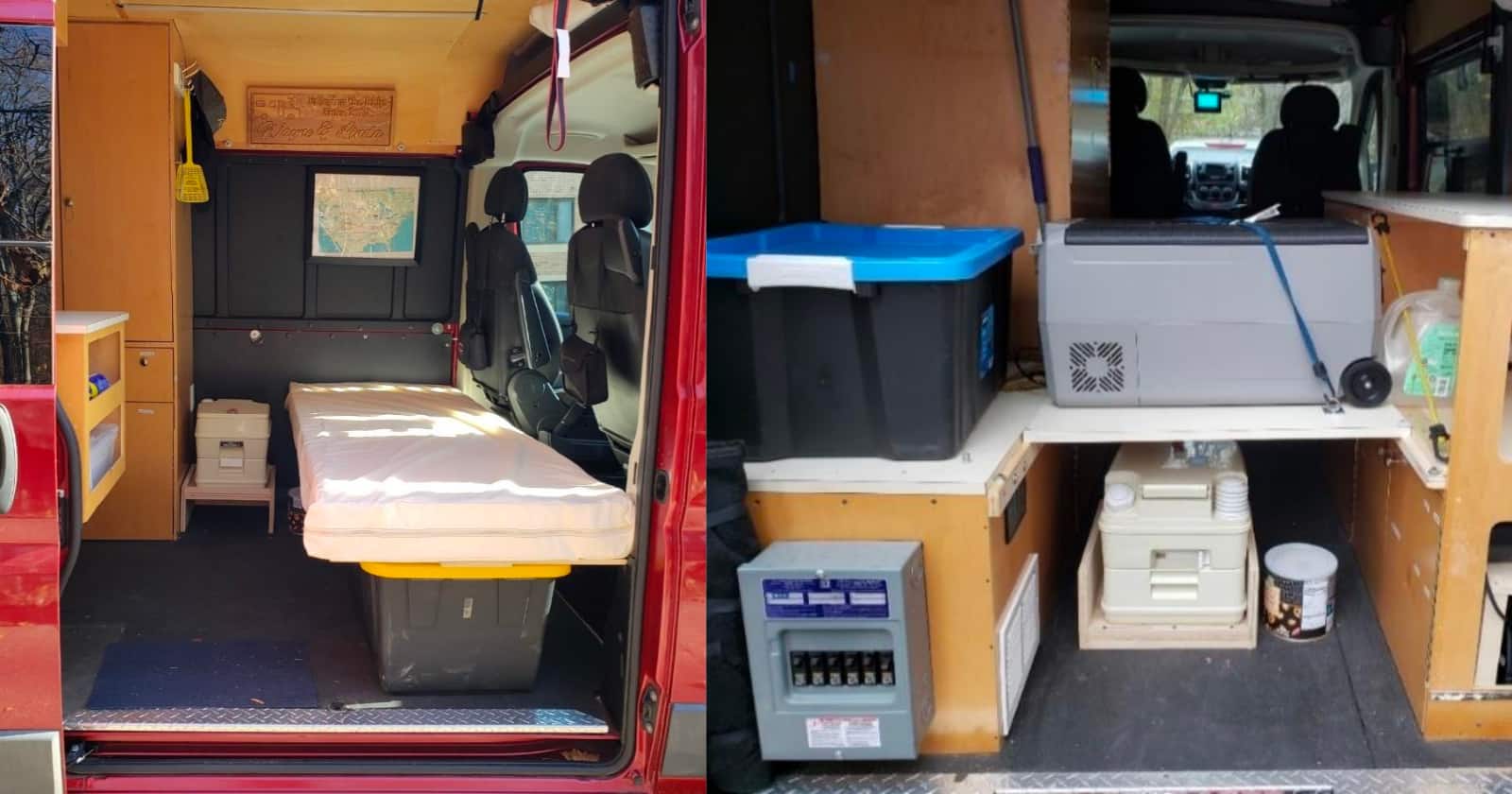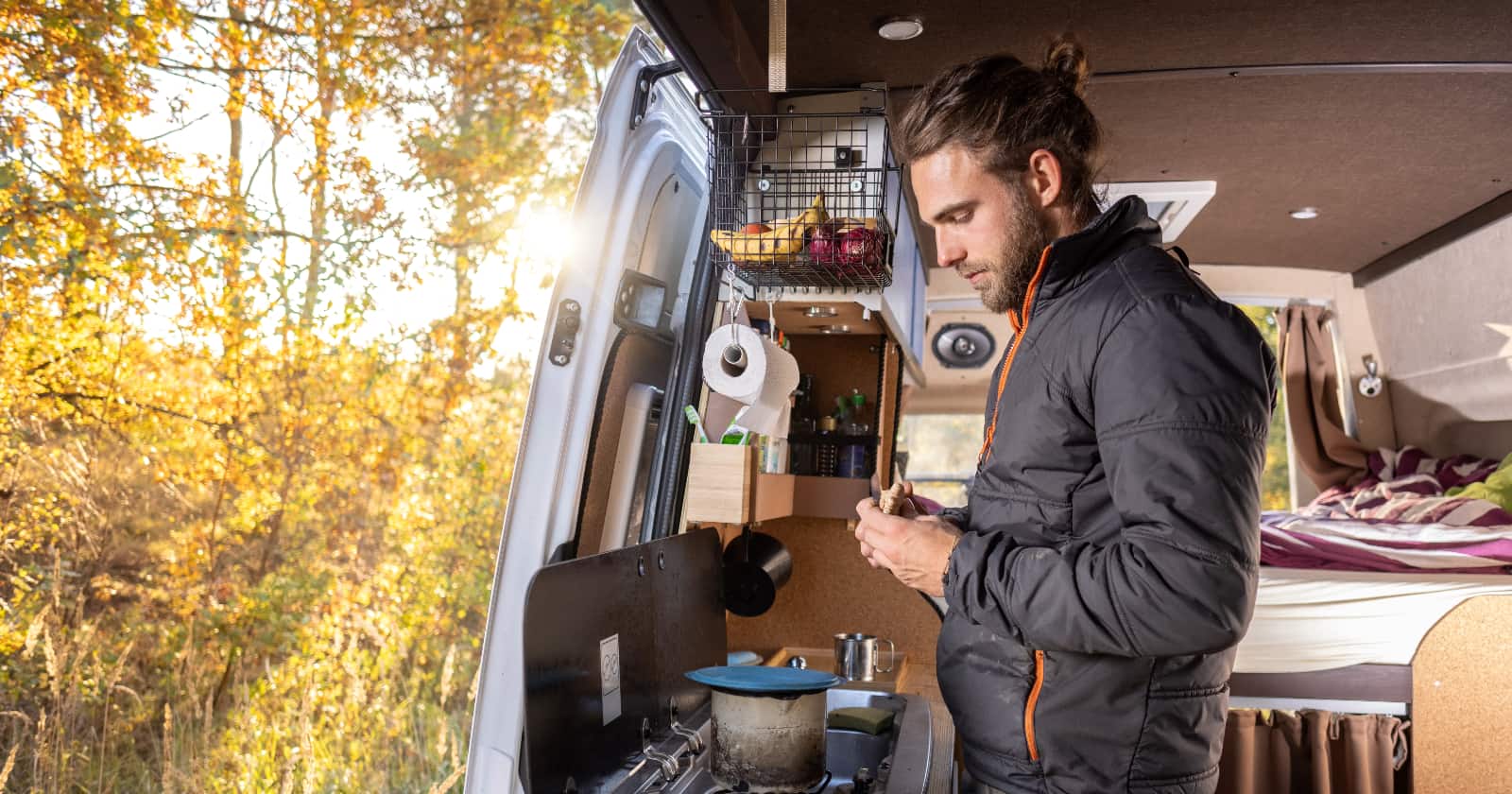Covering the Best Ways to Insulate a Camper Van
Performing your own van conversion is no easy task, and there are lots of things you’ll need to do. An important step that is sometimes overlooked is van insulation. Once you strip down vans to their bare bones, you’ll have a hard time controlling the temperature. That’s why it’s important to add your own insulation and do it right the first time!
Many people think that insulation is only important for cold climates, so they don’t need it if they stick to warmer areas. However, an uninsulated van is vulnerable to temperature changes of any kind: hot or cold. You may find yourself feeling hot and sweaty if you neglect to add insulation to your van conversion.
There are lots of materials you can use to keep your van at a stable temperature. Some are better for different surfaces, so make sure you carefully compare and contrast your options. There are even low-budget options for people who need to save a few bucks. Check out our list of van insulation tips below and decide which ones you want to apply to your build.
Choose the Right Insulation Material
First things first, you need to choose the right kind of insulation. In general, you’ll want to choose materials that have the highest R-value. The higher the number, the better it will insulate your van.
There are three main types, with a variety of specific products under each banner. There’s soft insulation, rigid insulation, and spray-foam insulation. All of these may be useful for your van, but they often have different areas where they’re most effective.
Soft Insulation
This is just what it sounds like! Soft insulation is made of pliable materials that can be packed against solid surfaces. The air pockets in this type enable it to trap warm or cold air and slow the transfer of heat. Some common types of soft insulation include denim, fiberglass, sheep wool, and rock wool.
Soft insulation works best when it’s applied to upright or curved areas. You can use multiple layers to pad your walls, ceiling, and similar areas.
Rigid Van Insulation
Rigid insulation is less common, but it can be useful for van conversions. It is a solid and tight-knit material that doesn’t allow air (or heat) to pass through it. Generally, you’ll only use rigid insulation for your floors. It doesn’t work well for curved areas due to its inflexible nature.
Common types of rigid insulation include PIR board, polystyrene, and polyisocyanurate. These can be laid down on the base of your vehicle before the final layer of flooring is installed.
Spray Foam Insulation
Spray foam insulation is a versatile and popular choice. It can either be used to fill gaps or to insulate large areas. Many people have successfully insulated their entire van using only spray foam. It’s waterproof and quite sturdy once it sets.
However, it can be dangerous to apply spray foam by yourself, so you may want to call in professional help. Spray foam can be used on any area of your van, whether it’s the walls, ceiling, floor, or anything in between.
Install Double-Pane Windows For Better Van Insulation
Next up, let’s talk about windows. These are one of the most vulnerable parts of your van conversion because glass is not a great insulator. Heat can easily pass through windows, so you’ll be hot during the summer and cold during the winter.
One way to get around this problem is to install double-pane windows as you build your van. These windows provide an extra layer between the outside world and your van’s interior. The space in between the panes will trap air and slow the transfer of heat.
Some vans will come with this type of window pre-installed, so check up on the vehicle specs before you completely retrofit the windows!
Check Caulk Around Doors, Windows, Vents, Etc.
Another thing to remember is that insulation can get old and worn down over time. Cracks may start to form eventually, and this will cause drafts. The biggest problem area is often in the seams around your windows, doors, and vents.
Make it a habit to regularly check up on the insulation in these areas. If you feel a draft or see a weak spot, apply some caulk or sealant to the area. This will help you patch up holes and create a better seal. Caulk is also extremely cheap, so it’s an affordable way to improve your van insulation. Pay attention to any drafts or wind whistling because they could signify a bigger problem with your van.
Other Ways to Improve Van Insulation
The tips above will help you apply insulation to your van and keep it strong over time. But there are certain things you can do to improve your van’s heat retention on a day-to-day basis. Your habits make a difference too!
Hang Up Curtains/Blankets
If you’re camping in a particularly cold or hot area, you may want to beef up your van insulation. An easy way to do this is to hang curtains, blankets, towels, and other fabric over your windows and doors. A bit of extra padding never hurts, and fabric is great at trapping heat.
Improve Van Insulation With Rugs and Carpeting
Next up, don’t forget your feet! If you frequently roll out of bed and the floor feels like ice, you may need to do something to keep your floors warmer. Rugs and carpets are easy ways to heat up your flooring. Plus, they feel good on your feet and can add some fun patterns and colors to your living space.
Use Window Covers
We’ve already talked about the woes of windows, but there are other ways you can prevent heat from leaking through them. Window covers can help trap hot or cold air before it leaks into the rest of your van.
Reflective window covers are perfect for hot weather. They deflect the sun’s rays and stop them from penetrating too far into your vehicle. If you’re dealing with cold weather, thicker covers are a good idea. You can craft custom covers out of styrofoam, cardboard, or fabric.
Insulate by Covering Van Vents
Speaking of covers, let’s talk about vents. Most vans will have a vent or two that enables them to let out heat and moisture. These are useful additions, but they can also weaken your van’s insulation because they connect to the outdoors.
Use vent covers if you need to bulk up your van insulation. Once again, these can easily be made out of styrofoam or cardboard. Remove the covers when you need to run a fan or let things vent out, then replace them as soon as possible.
If you follow these tips, you’ll be well on your way to enjoying a well-insulated van conversion!




Thinsulate is the only acoustic and thermal insulation engineered for vehicles. It is by far the most popular, trouble free and easy to install. R-value is over-rated in vans. This is not a home where we have 6″ walls 10″ floors, attic and crawl space and are trying to reduce overall heating costs.